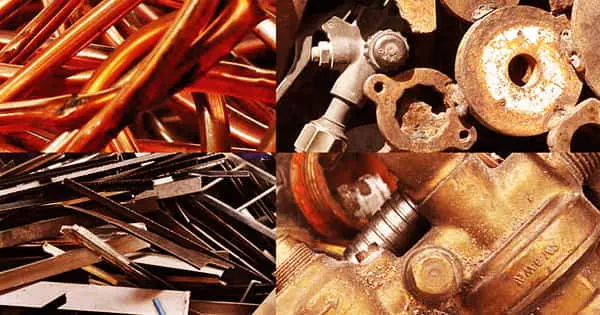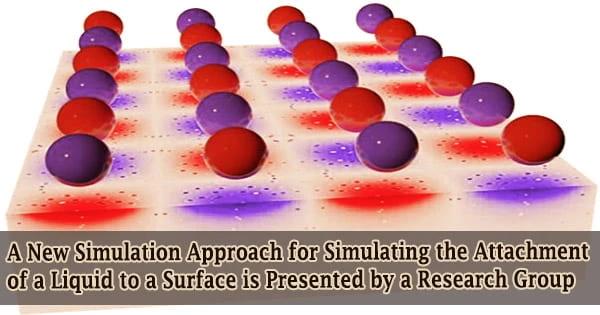Many applications for green technology, such as energy storage, electrochemistry, and catalysis, need liquids containing ions or polar molecules. When such liquids come into contact with an electrode or are trapped in a porous medium, they display unanticipated behavior that goes beyond the recognized effects.
Recent tests have revealed that the thermodynamic and kinetic behavior of these fluids is greatly influenced by the characteristics of the used material, which can be insulating or metallic.
Physicists at the University of Stuttgart, Université Grenoble Alpes, and Sorbonne Université Paris have developed a novel computer simulation strategy using a virtual fluid that allows the electrostatic interactions within any material to be taken into account while being computationally efficient enough to study the properties of fluids at such interfaces, in order to shed more light on these effects.
For the first time, the novel technology allowed researchers to analyze the wetting transition at the nanoscale. This is dependent on whether the ionic liquid comes into contact with an insulating or metallic substance.

This ground-breaking technique establishes a new theoretical framework for anticipating the peculiar behavior of charged liquids, particularly when they come into contact with nanoporous metallic structures, and has immediate implications in the realms of energy storage and environmental protection.
Despite its importance in physics, chemistry, and biology, the behavior of ionic or dipolar liquids near porous surfaces is still a mystery in many ways. The intricacy of electrostatic interactions is one of the most difficult aspects of the theoretical explanation of such systems.
An ion in a perfect metal, for example, creates an inverse counter-charge, which is the negative mirror image. Because there are no freely moving electrons in a perfect insulator, no such image charges are produced. Any genuine, non-idealized substance, on the other hand, has qualities that are exactly halfway between the two previously described asymptotes.
As a result, the material’s metallic or insulating character is predicted to have a considerable impact on the properties of the surrounding fluid. Established theoretical techniques, on the other hand, are limited in this area because they assume either completely metallic or perfectly insulating materials.
There is currently a gap in the description when it comes to describing the known surface behaviors of actual materials with suitably scattered mirror charges.
Dr. Alexander Schlaich of the University of Stuttgart and colleagues present a new atomic-scale simulation method that allows them to describe the adsorption of a liquid to a surface while explicitly considering the electron distribution in the metallic material in a recent paper published in Nature Materials.
They created a system that simulates the effects of electrostatic shielding provided by any material between these two extremes, whereas most approaches consider surfaces consisting of an insulating substance or a flawless metal. The main idea behind this method is to use a “virtual” fluid made up of light and rapidly charged particles to represent Coulombic interactions in metallic materials.
By rearranging in the presence of the fluid, these produce electrostatic shielding. This method is extremely simple to develop and transfer in any conventional atomistic simulation environment.
This method, in particular, allows for the estimation of capacitive behavior in realistic systems such as those employed in energy storage applications. Alexander Schlaich, a member of the University of Stuttgart’s SimTech center of excellence, is utilizing simulations of porous, conductive electrode materials to improve the efficiency of the next generation of supercapacitors, which can store massive amounts of energy.
His contribution to the Stuttgart Collaborative Research Center 1313 “Interface-driven multi-field processes in porous media flow, transport, and deformation,” which also investigates precipitation and evaporation processes related to soil salinization, is focused on the wetting behavior of aqueous salt solutions in realistic porous materials.
As a result, the technique established is applicable to a wide range of systems as well as future studies at the University of Stuttgart.





